medicinal use of hummingbird sage(salvia spathacea)
cenak
17 years ago
Related Stories
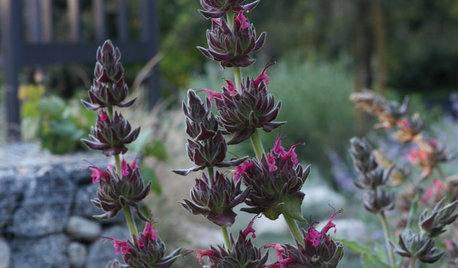
FLOWERS AND PLANTSHummingbird Sage Lures Wildlife With Its Sweet, Fruity Fragrance
This native California ground cover thrives with little water on grassy slopes, under trees or in patio containers
Full Story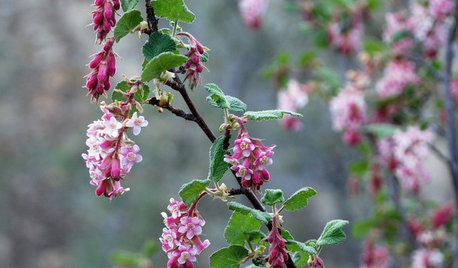
GARDENING GUIDESGreat Design Plant: Ribes Malvaceum
Plant pink chaparral currant for graceful winter tassels and an excuse to make black currant tarts
Full Story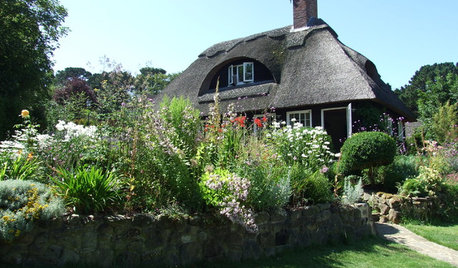
LANDSCAPE DESIGNHow to Create a Cottage-Style Garden
If you like an abundance of plants — and visits from birds, bees and butterflies — this may be the style of yard for you
Full Story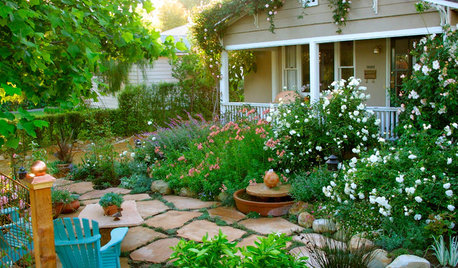
GARDENING GUIDESSouthern California Gardener's October Checklist
Get planting happy this month — so many natives, bulbs, cool-season flowers and vegetable crops to choose from, so little time ...
Full Story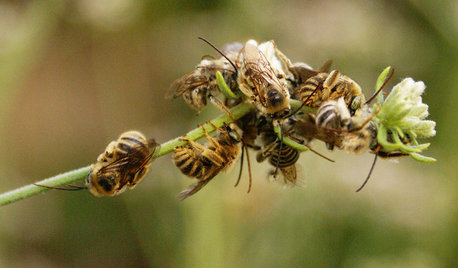
GARDENING GUIDESGreat Design Plant: California Buckwheat Pleases Pollinators
Beneficial insects go wild for this drought-tolerant plant’s summer flowers, while seed heads feed critters foraging in the cold
Full StoryMore Discussions






Heathen1
greenwitch
Related Professionals
North New Hyde Park Landscape Architects & Landscape Designers · Sand Springs Landscape Architects & Landscape Designers · Sahuarita Landscape Architects & Landscape Designers · San Juan Landscape Architects & Landscape Designers · Arlington Landscape Contractors · Waterbury Landscape Contractors · Bedford Heights Landscape Contractors · Emmaus Landscape Contractors · Whittier Landscape Contractors · Palos Heights Landscape Contractors · Odenton Carpenters · Wentzville Carpenters · Cedar Rapids Roofing & Gutters · Naples Roofing & Gutters · West University Place Roofing & GuttersAerthstar